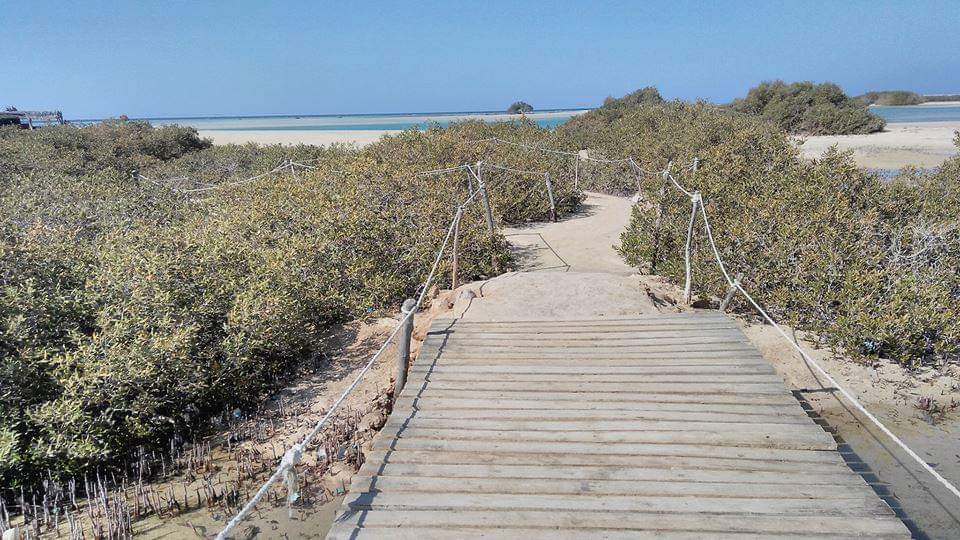CAIRO - 3 October 2022: Coinciding with Egypt’s hosting of the COP27 summit in November, the village of l-Qula’an in the Red Sea was transformed into a sustainable ecological model village.
This comes as part of the country's efforts to adopt sustainable development as part of its agenda.
The goal was to transform the village of El-Qula’an in Marsa Alam into a sustainable eco-village to achieve sustainability and tourism development without changing the natural features, with the realization of the management of the Red Sea Reserves.
The village of El-Qula’an, located within the Wadi El-Gamal Reserve, relies on a solar power plant as the source of energy, as part of achieving the goal of being the first environmentally friendly village due to its distinguished location.
The village has the mangrove forests, which attract tourists from all over the world.
A water desalination plant was established inside the village of El-Qula’an, also powered by solar energy, producing 10 square kilometers of water per day. The village includes 14 wooden houses similar to the homes of the Ababda tribes, which were built with the help of the Red Sea Governorate in cooperation with other parties.
The water desalination plant that was operated in the village of El-Qula’an includes a purification plant for water tanks, due to the high rates of purification of potable water.
A unique eco-tourism planning and conception based mainly on maintaining sustainability and achieving the development of eco-tourism has been developed without changing the features of the region.
The village has an outlet for the sale of handicrafts, which is operated in the Abu Ghosoun workshop, as well as another outlet for the sale of leather products.
This village plays a major role in the ecological balance, as the mangrove trees in it absorb water and filter the salt, pointing out that the migratory birds lay their eggs between these trees.

Comments
Leave a Comment